Table of Contents
● Introduction
● Market Overview
● Different Types of Hunting Decoys and Their Features
● Things to Consider When Selecting Hunting Decoys
● Conclusion
Introduction
Using decoys while hunting is key to improving success by attracting game animals within ideal shooting distances. Decoys have become important tools in the hunting gear industry and have undergone significant advancements to meet diverse hunting requirements. The increasing popularity of outdoor activities has driven the need for more authentic and long-lasting decoy options with innovative features. Decoys are now considered crucial for both beginners and experienced hunters due to the growing interest in recreation. With the market growing larger and more competitive by the day, choosing the ideal decoys is vital for a fruitful hunting expedition.
Market overview
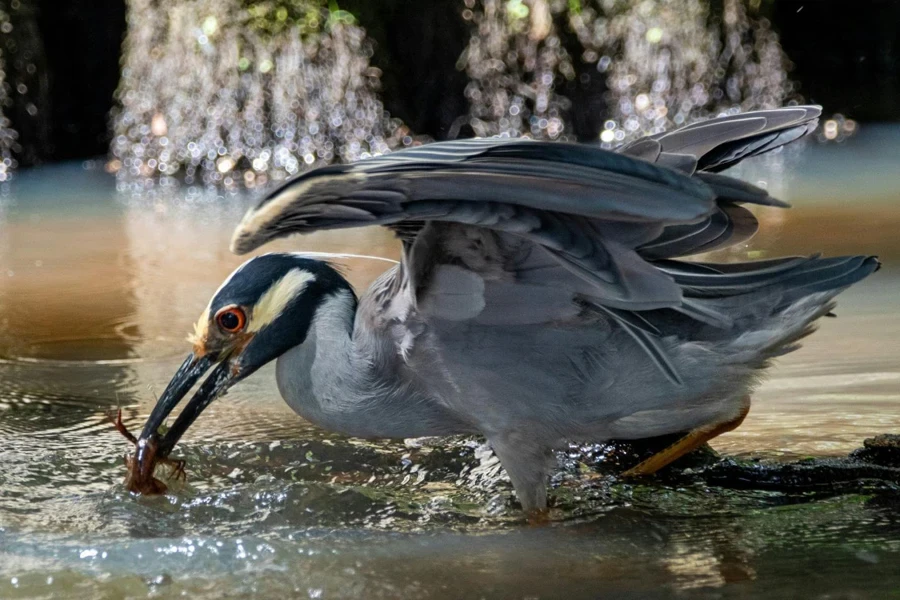
The worldwide hunting decoy industry is experiencing expansion as part of the broader hunting gear and accessories sector, valued at approximately $23.9 billion in 2024. Projections suggest this market could grow to $43.6 billion by 2033, fueled by a growth rate of 7.8% over the ten years. This growth is mainly driven by the rising popularity of hunting for both leisure and sport, coupled with advancements in hunting technology and a growing consumer preference for top-notch, long-lasting hunting equipment.
As of 2023, North America leads the way in the hunting decoy market globally, with around 45% market share due to its hunting traditions and varied landscapes that attract hunters, along with a strong economy that supports spending on quality hunting gear. The United States stands out as a key player thanks to its solid market setup and healthy disposable incomes for hunters. Hunting tourism has played a role in boosting the market in Europe, where countries such as Germany and France are at the forefront of this trend’s expansion. On the other hand, the Asia Pacific region, specifically China and India, is witnessing substantial growth. For example, in China, the market is forecasted to expand at a rate of 10.5% from 2024 to 2034 due to the rise of a burgeoning middle class and a revived passion for outdoor pursuits.
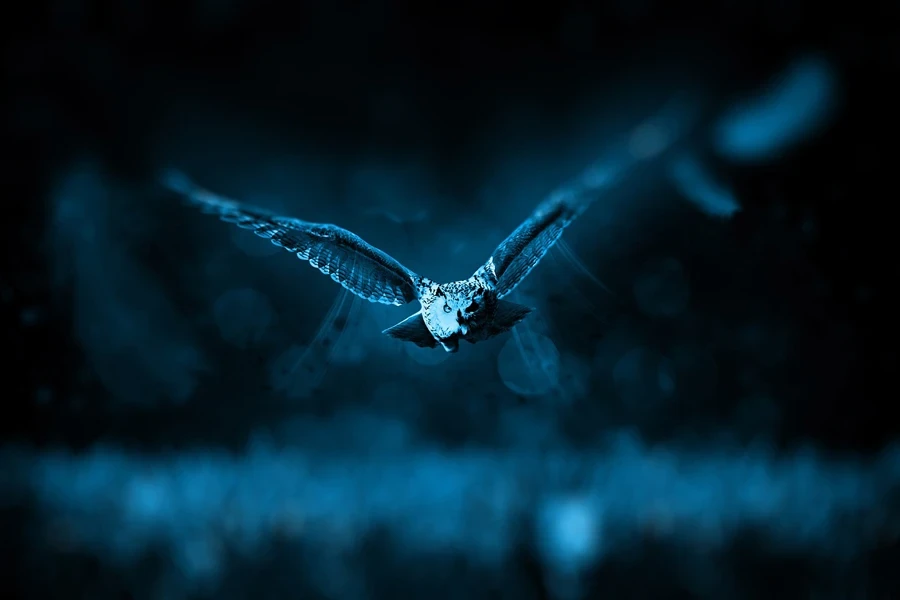
Different types of hunting decoys and their features
Duck decoys
Hunting enthusiasts often rely heavily upon duck decoys for waterfowl hunting due to their realism and durability features and ability to float easily in water bodies of varying conditions. Foam-filled decoys stand out for their robustness and ability to stay afloat even when punctured—a quality highly valued in water terrains. On the other hand, lightweight hollow decoys are favored for their portability yet may need special care as they are more prone to damage compared to their foam-filled counterparts. Find A Hunt suggests that top-notch duck decoys typically come with realistic paint finishes and intricate feather patterns that closely imitate real ducks to boost their effectiveness in luring games.
Turkey decoys
Turkey decoys are created to look and behave like turkeys by adopting different postures, such as young male (Jake), female (hen), and dominant male (strutter). The posture chosen can greatly impact hunting outcomes since different postures attract turkeys in various scenarios. For example, a Jake decoy might catch the attention of dominant males asserting their dominance, while a hen decoy may attract males during mating season. Material strength is also important as decoys crafted from high-density polyethylene are popular for their durability and lifelike look, as noted by Grit Outdoors experts. They frequently showcase feather designs and colors to boost their efficiency in the field.
Deer decoys
Deer decoys are commonly employed to lure deer by imitating their looks and actions. They exhibit realistic qualities like being true to size with precise coloring and authentic fur textures to be effective. Sophisticated deer decoys may even incorporate scents to replicate the scent of a deer, especially during the mating season when bucks are more assertive and territorial. In addition to features, tail or head movement may be included in high-quality deer decoys to enhance their authenticity. Alibaba emphasizes that these characteristics are essential for persuading deer to come closer and serve as a valuable asset in a hunter’s toolkit.
Motion decoys
Motion decoys mimic the natural movements of prey to attract game closer. They are effective in hunting scenarios such as waterfowl and predator hunting scenes where animal responses are triggered by motion cues like spinning wings or moving tails. According to Gritr Outdoors reports, using motion decoys offers advantages like enhanced visibility and authenticity, which is particularly beneficial in expansive hunting grounds where stationary decoys may go unnoticed. Hunters need to make sure they move naturally and consistently to avoid scaring off the game.
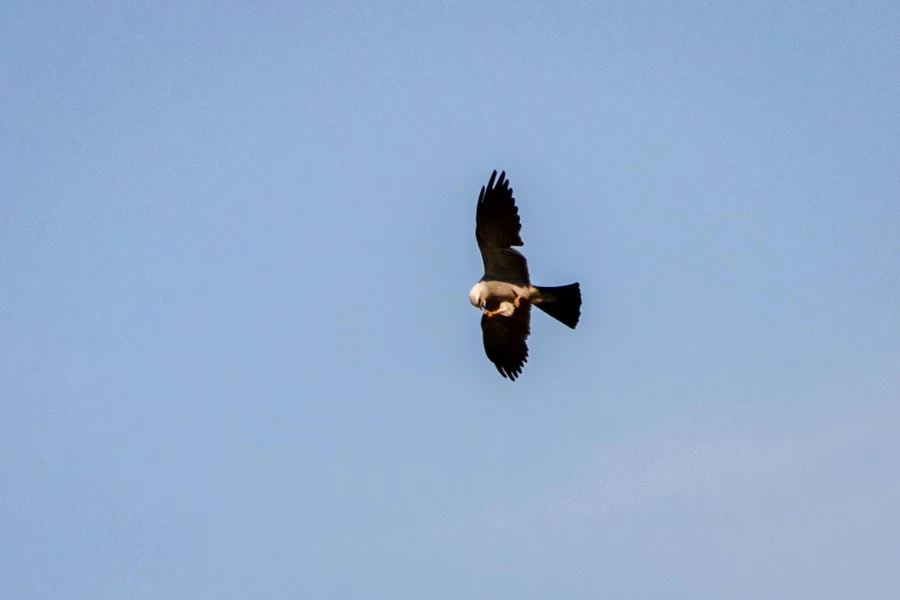
Comparative analysis
When you’re looking at hunting decoys to choose from, important things to think about are how real they look, how long they last, and how easy they are to use. Duck decoys need to look very realistic and move naturally in places where there are lots of water birds. Turkey decoys have to be a mix of looking real and being easy to carry around since hunters often change locations. Deer decoys can be improved with things like scents and movement, which can also make them heavier and harder to move around. Motion decoys are quite efficient in drawing games from far away; however, they do need extra upkeep and battery care. According to Find A Hunt recommendations, the ideal decoy selection hinges upon the hunting conditions and targeted game species since each type has its own perks suited for varying hunting situations.
Things to consider when selecting hunting decoys
Choosing the right hunting decoys goes beyond mere aesthetics; it’s all about maximizing your chances in the field. Before making a purchase decision, ensure you factor in elements like the target game type and consider aspects such as materials used for construction, how easy they are to transport, and their lifelike appearance while staying within your budget range. All these factors come together to ensure that your decoys are effective when it comes to enhancing your hunting adventures.
Game type
Choosing the ideal type of decoys for your hunting game is key, as various animals react to different decoys differently. Duck hunters usually go for floating decoys that resemble ducks in the water, while turkey hunters might pick ones that look like a jake or a hen in their postures. Hunters who pursue deer often employ decoys that mimic male deer to influence the behavior of their prey depending on the season and desired outcome of the hunt, as suggested by Findahunt.com.
Material and durability
When choosing hunting decoys, it’s important to consider the material and durability factors. Decoys are typically subjected to outdoor conditions like extreme temperatures, moisture content, and rough handling. Opt for premium materials such as foam-filled or solid plastic for their sturdiness and ability to resist damage. For example, foam-filled decoys are less prone to punctures and can endure tough handling in the field, making them a great choice for waterfowl hunting. Alibaba.com states that these materials guarantee that decoys retain their buoyancy and lifelike appearance after extended periods of use in difficult conditions.
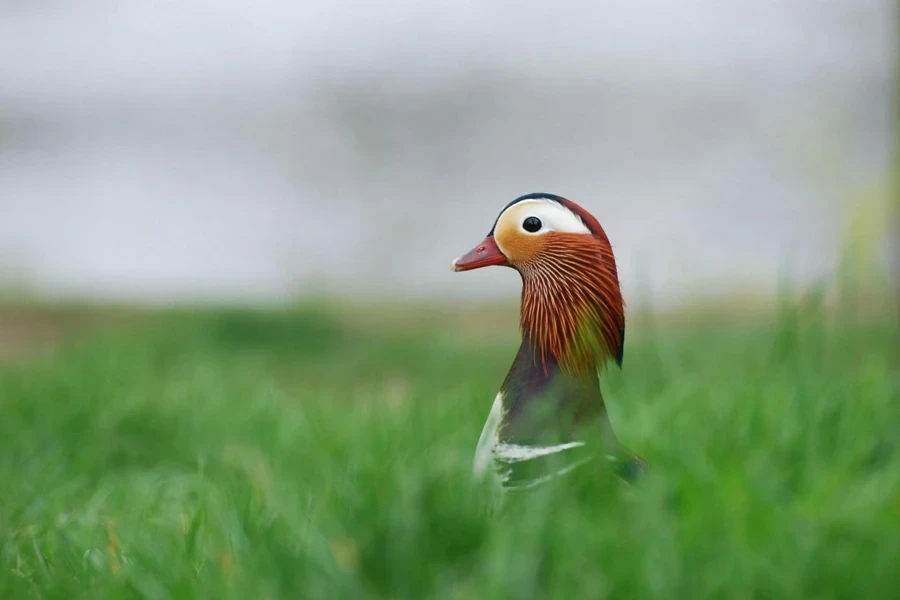
Portability and setup
When it comes to hunting gear for those trekking through challenging terrains or covering distances in the wilderness, portability and ease of setting up are key aspects to consider. The preference is for decoys that can be easily carried and swiftly assembled in the field. Collapsible or inflatable decoys are popular due to their portability, enabling hunters to pack more without adding weight. Furthermore, a quick-to-deploy decoy can be a time saver during mornings or when conditions change rapidly. According to GritR Outdoors observations, hunters can gain an edge in the field by using decoys that strike a balance between portability and realism.
Realism and effectiveness
The realistic appearance and functionality of decoys are crucial for their success in fooling the game. Decoysl with accurate colors and natural poses tend to do a better job at tricking the critters into getting closer for a good hunting session. Some fancy decoys even have moving parts powered by the wind or electronics to mimic how animals naturally move around. These nifty features work like a charm in the drawing games from afar since they bring a touch of realness that stationery decoys still just can’t pull off. Grit Outdoors suggests that opting for decoys with realism can have a big impact on how animals react during hunts in areas that are frequently hunted and where animals tend to be extra cautious.
Budget considerations
When choosing hunting decoys, it’s crucial to consider your budget carefully. High-end decoys come with features that deliver top-notch performance but at a steep price tag. For newcomers, a good option would be to go for affordable choices that strike a good balance between cost and functionality. On the other hand, veteran hunters might prefer investing in premium decoys that boast improved durability, natural appearance, and special functionalities such as motion or sound effects. Making a purchase that meets your requirements and fits your budget without sacrificing key features is crucial according to findahunt.com.
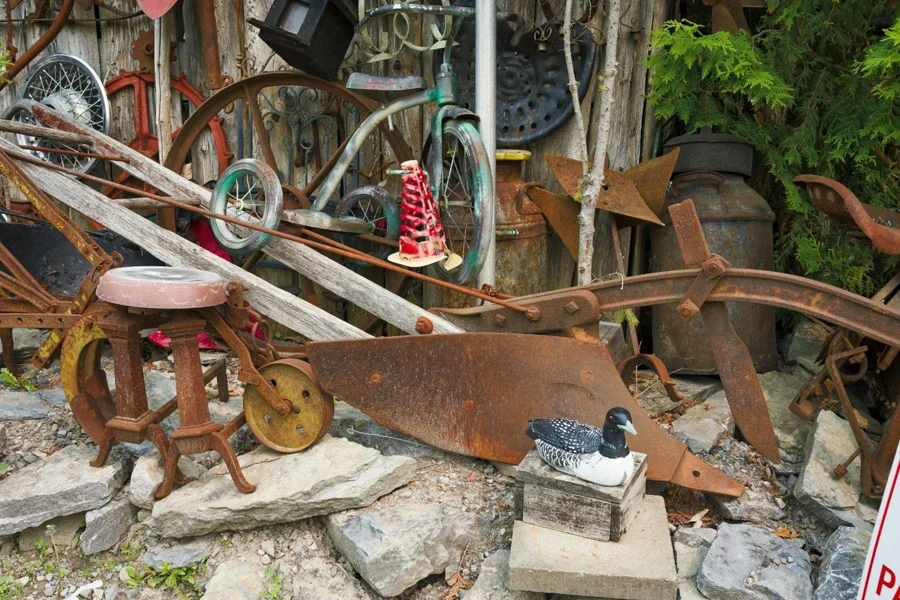
Conclusion
Choosing the appropriate hunting decoys plays a vital role in ensuring a successful hunting expedition outdoors. The way you set up your decoys can significantly impact how the target animals react, so it’s important to think about factors like the species you’re hunting, the durability and portability of the materials used in the decoys, and how realistic they appear. With advancements in hunting gear technology, hunters can now find decoys that are more lifelike and functional, which ultimately enhances their hunting adventures.
The hunting decoy market is always changing as materials and designs come into play to meet the demands of hunters. These changes are geared towards making decoys more versatile and user-friendly for hunters with varying needs. By keeping up with these trends and choosing the decoys tailored to your hunting goals, you can increase your chances of success and keep up with the evolving world of hunting gear.




